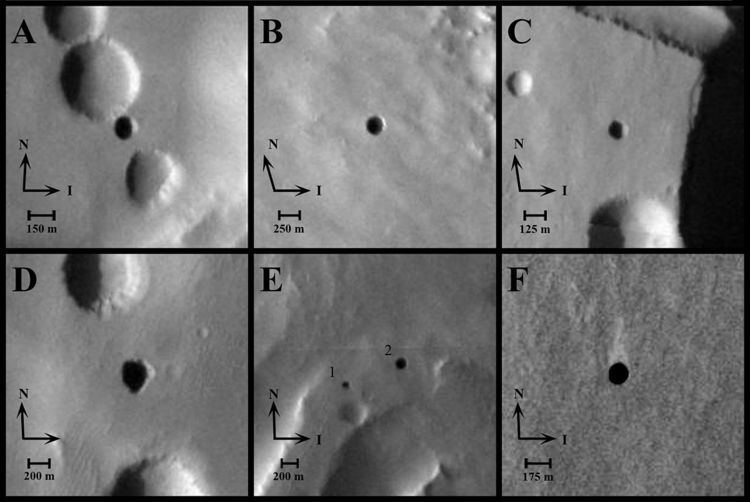 | ||
The Caves of Mars Project was an early 2000s program funded through Phase II by the NASA Institute for Advanced Concepts to assess the best place to situate the research and habitation modules that a human mission to Mars would require. The final report was published in mid 2004.
Contents
Description
Caves and other underground structures, including Martian lava tubes, canyon overhangs, and other Martian cavities would be potentially useful for manned missions, for they would provide considerable shielding from both the elements and intense solar radiation to which a Mars mission would expose astronauts. They might also offer access to minerals, gases, ices, and any subterranean life that the crew of such a mission would probably be searching for.
The program also studied designs for inflatable modules and other such structures that would aid the astronauts to build a livable environment for humans and earth creatures.
Summary of final report
Discussion of how best to seal caves to provide breathable atmosphere with air locks.
Awaiting NIH approval for study of humans breathing argon.
Results
The project showed crickets and mice could breathe argon mixtures for extended periods without apparent problems.
The project produced many educational materials.
Demonstrated wireless communications within limestone cave system.
